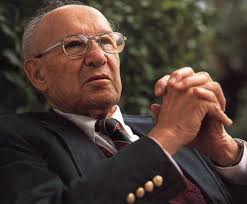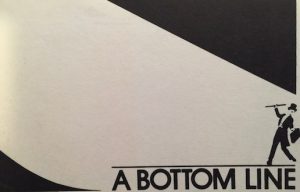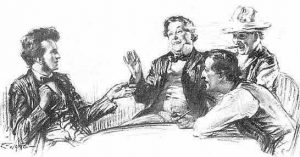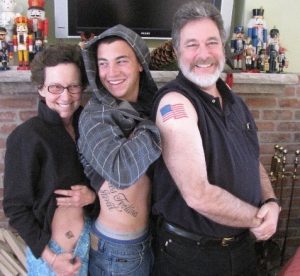 There was a time when I wanted to get my hands on the syllabus for the “secret class;” the secret being how to navigate the real world outside the classroom. Think of me as a male version of Hermione Granger; annoyingly book smart and otherwise pretty clueless. Classes were easy; life not so much.
There was a time when I wanted to get my hands on the syllabus for the “secret class;” the secret being how to navigate the real world outside the classroom. Think of me as a male version of Hermione Granger; annoyingly book smart and otherwise pretty clueless. Classes were easy; life not so much.
Most of us spend enough time between classes in hallways and playgrounds to soak up the necessary experiences to get a clue. Through a peculiar set of circumstances and events, I was late in encountering and absorbing these experiences. My wife is on record that she would have crossed the street to avoid that earlier me. My therapist assures me that these lessons are learnable as long as I put my heart in circuit between my brain and my mouth.
Because this arena was foreign to me, I had to study it much as an anthropologist might; observing, cataloging, and making sense of what I see. The biggest risk for an anthropologist is to “go native”; to leave the edge and to immerse themselves in the action. Life demands immersion.
I make no claims about life in general. Life within organizations, however, is a place I understand. Thinking about secret classes and learning in organizational settings turns out to be a fruitful path. Really smart people, like Chris Argyris and Donald Schon among others, have thought a great deal about the things people need to learn within organizations. They talk about skills and perspectives that are effectively secrets and acquired by way of experience rather than classrooms.
Experience alone is rarely sufficient to impart these lessons; managers and executives become effective by way of reflective practice. They must process and digest experience to transform it into effective managerial practice. Classic examples of this deliberate reflection are Chester Barnard’s The Functions of the Executive and Alfred Sloan’s My Years with General Motors.
These are valuable and insightful analyses of complex organizations and executive work. They also highlight critical ways that reflective practice must evolve. It’s a common trope that organizations operate in an increasingly fast and complex environment. It’s common because examples to demonstrate it surround us. In the early days of my career, we were still converting paper-based business processes to electronic. Today, we’re knitting together digital processes spanning multiple organizations and continents.
That plants us in a world where the volumes of digital data threaten to collapse into a wall of noise and this wall feels more like the leading edge of a tsunami rather than a fixed landmark somewhere “over there.” Simply coping with the onslaught consumes our attention and drives too many of us and our organizations into reactive mode. We become driven by events. Planning feels like a luxury and the notion of reflecting seems an unrealistic, academic, dream. Peter Vaill makes a compelling argument that we now live in a world of permanent whitewater and have to learn to operate accordingly.
We have a conundrum then. A changing world demands changed responses, yet the pace of change leaves no time for the reflection needed to transform experience into new practice. What are the elements of a strategy that might even our odds? How do we make reflective practice work in the organizational environment that now exists?
Peter Vaill offers a clue in the title of the book where he talks of permanent whitewater, Learning as a Way of Being. Learning is not something neatly distinguishable from practice; we pursue learning while doing. Elsewhere, I’ve discussed the notion of observable work as a pre-condition for making that kind of learning possible. Then, there are various techniques, such as after action reviews that should be in any knowledge worker’s toolkit.
There is no “secret class.” Even it one existed, it wouldn’t make sense to take it. Instead, we structure experience so that learning is a continuing parallel element of doing the work.
 I was a big fan of Sherlock Holmes and various other fictional detectives growing up; I’m still drawn to the form when I want to relax. There’s a basic pleasure in trying to match wits with Sherlock and figure our who the killer is before the final reveal. Connecting the dots is a rewarding game but it’s a flawed strategy.
I was a big fan of Sherlock Holmes and various other fictional detectives growing up; I’m still drawn to the form when I want to relax. There’s a basic pleasure in trying to match wits with Sherlock and figure our who the killer is before the final reveal. Connecting the dots is a rewarding game but it’s a flawed strategy.






